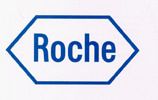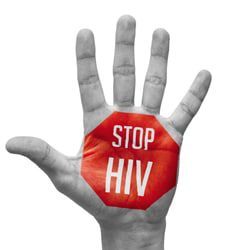
As the world’s leading provider of HIV viral load testing, Roche is committed to increasing access to reliable HIV testing. The company recently launched the cobas® Plasma Separation Card, a stable and easy-to-use sample collection device for HIV plasma viral load testing. The card has received European CE Mark approval and requires only a small amount of a patient’s blood from a fingertip, thereby simplifying blood collection and sample transportation.
Generally, plasma viral load results require samples to be cooled during transport to the lab. The cobas® Plasma Separation Card eliminates this requirement and allows for reliable quantitative testing of patients with HIV living in remote areas, even areas of extreme heat and humidity. Stable and easy-to-use, the Card fundamentally changes the way plasma samples are taken and processed. Compatible for use with the COBAS® AmpliPrep/ COBAS® TaqMan® and cobas® 6800/8800 systems, it enables accurate detection of HIV treatment failure, with a limit of plasma detection <1000 cps/ml (the threshold recommended by WHO).

Roche Diagnostics CEO Roland Diggelmann said, “With the launch of the cobas Plasma Separation Card, we strengthen Roche’s ongoing commitment to providing life-saving diagnostics in the fight against HIV and AIDS. This card will improve access and increase HIV diagnostics scaling up efforts to further the critical work of our many healthcare partners in eradicating the HIV/AIDS epidemic.”
The Card will be added to the Roche Global Access Program, a scheme designed to expand access to diagnostics in countries hardest hit by HIV across the world. In partnership with the Joint United Nations Programme on HIV/AIDS (UNAIDS), the Clinton Health Access Initiative (CHAI), Unitaid, the U.S. President’s Emergency Plan For AIDS Relief (PEPFAR) and the Global Fund to fight AIDS, TB and Malaria, Roche has been working to increase access to HIV diagnostic solutions to achieve the UNAIDS 90-90-90 goal to improve people knowing their status, getting on HIV therapy, and suppressing the virus from replicating.


